What It’s Like To Drive A Mazda Cosmo, The Company’s First Rotary Car
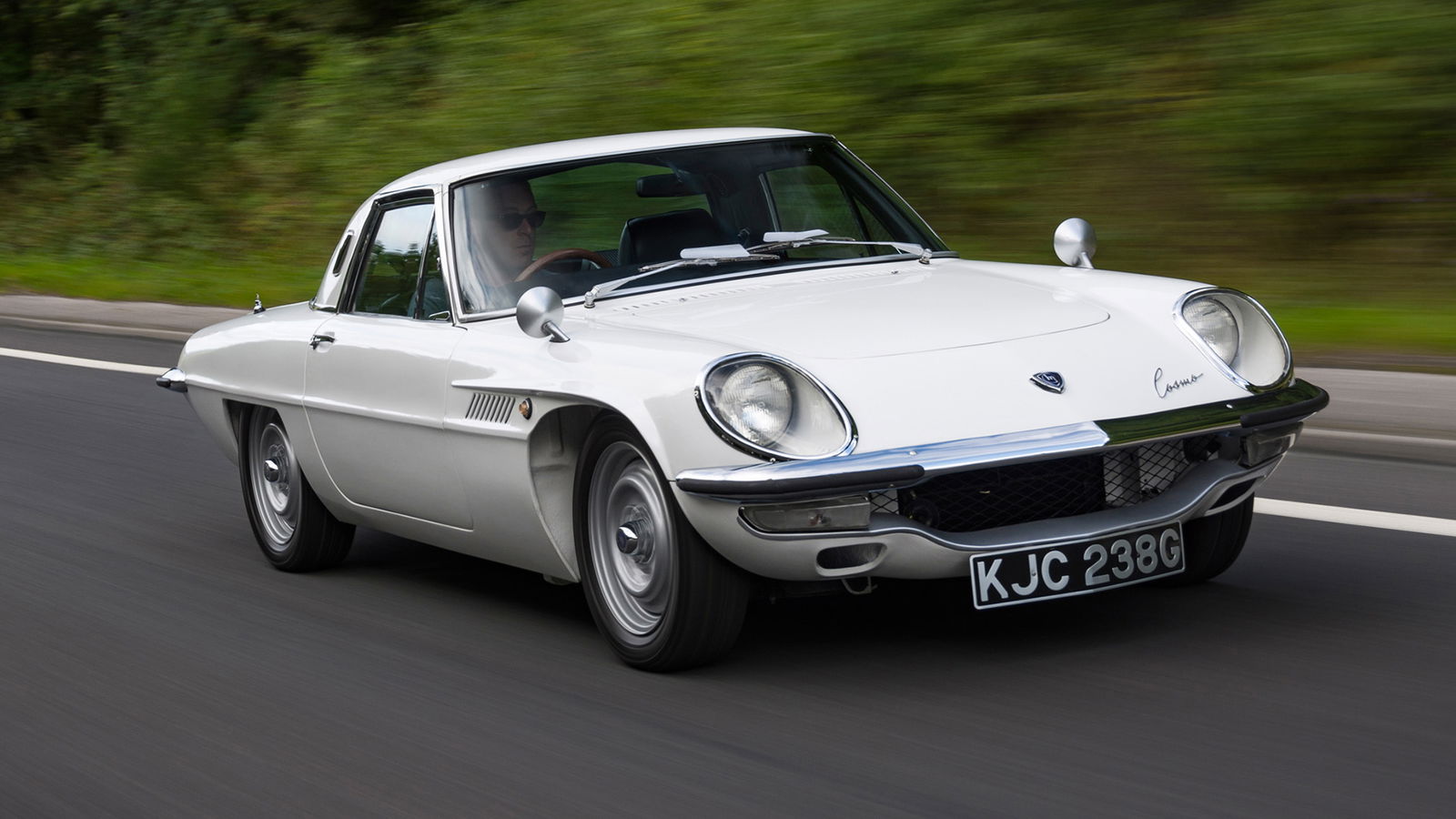
There’s been talk over the last year or so of Mazda bringing back the rotary sports car. If it’s to happen, it’ll be very different from the Wankel-powered stuff we’ve come to know from the Japanese manufacturer. Expect the Dorito-spinning combustion engine to serve as a source of energy for batteries and electric motors, rather than driving the wheels.
While the idea of a new Mazda sports car with its signature powertrain very much pleases us, we can’t help but feel it’ll struggle to capture the magic of its rotaries of old.
Now, we’d love to pivot that segue to a drive feature more neatly, but let’s be honest: when you’re offered the chance to drive a Mazda Cosmo, do we need to give you a neat angle other than ‘Of course I would love to’?
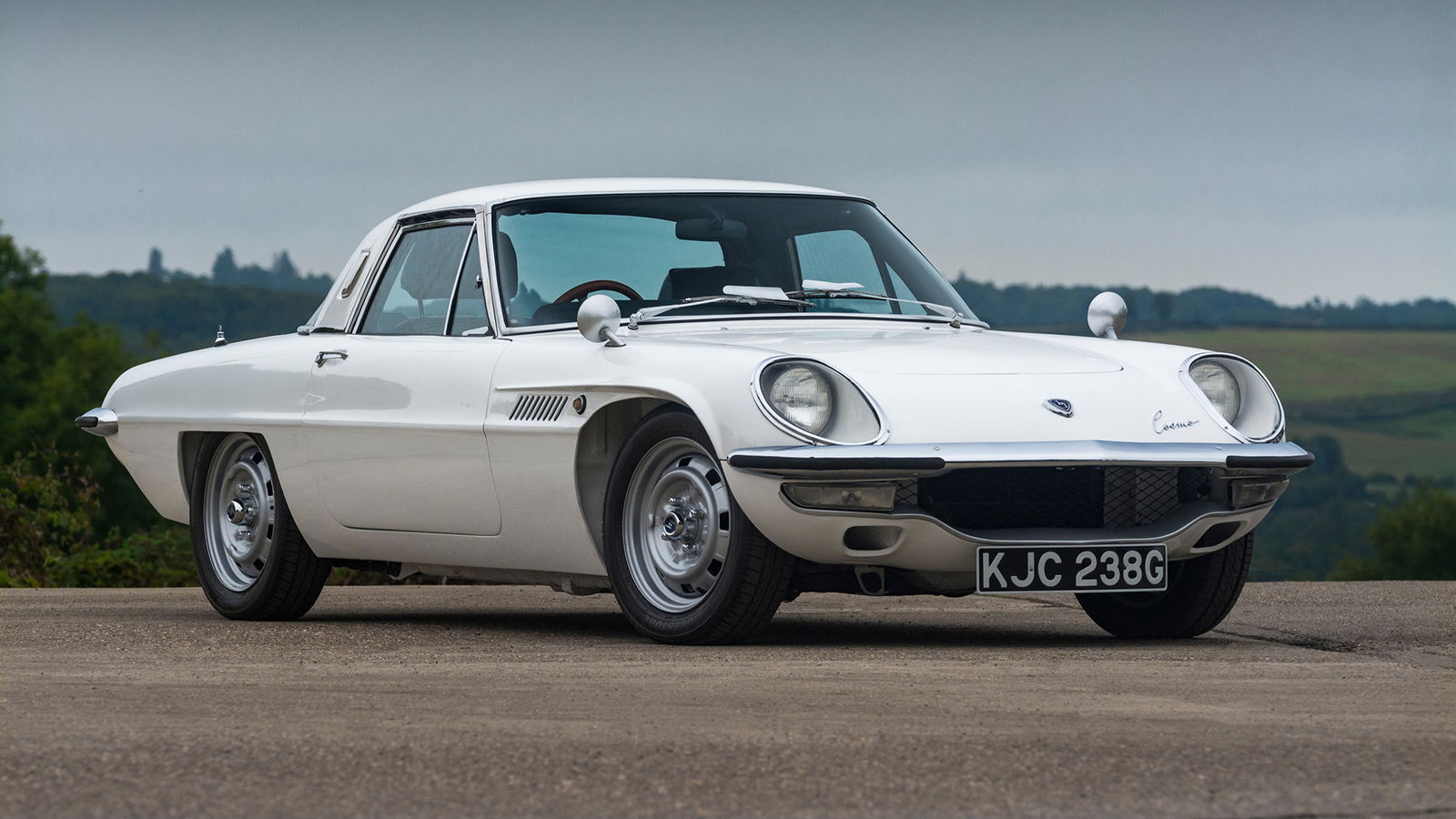
In case you’re keen on a history lesson, the Mazda Cosmo was first introduced to the world as a concept at the 1964 Tokyo Motor Show. It was to be Mazda’s first rotary-powered car, just a month after the introduction of the NSU Spider, which would go on to claim its place in history as the first production car to use the Felix Wankel-imagined design.
It wouldn’t be until 1967 that the Mazda Cosmo entered production. On its introduction, the Series I used a 982cc twin-rotor engine, producing about 110bhp at its peak. Japan wasn’t exactly rife with sports cars at the time (it would be another two years until the first Nissan Fairlady Z), making the Cosmo’s chief domestic rival at the time the Toyota 2000GT.
It was some 40hp down, but also around 200kg lighter thanks to its compact rotary and tiny dimensions. Oh, and its annual road tax in Japan was properly cheap too, creeping under the one-litre tax bracket.
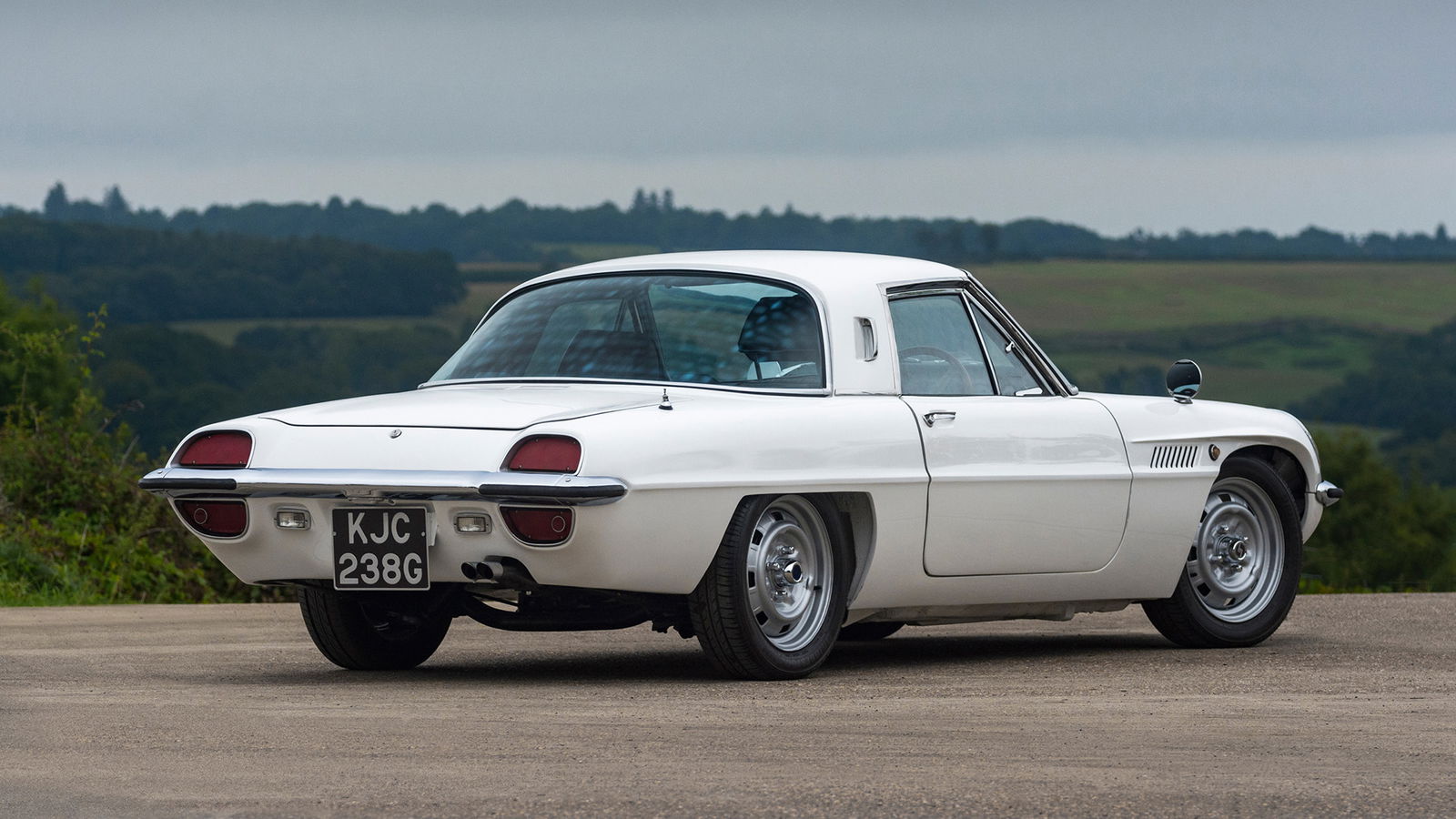
Just 343 examples of the Series I were built, with the Series II introduced a year later. That saw the twin-rotor upped to around 130bhp and its four-speed manual gearbox swapped for a five-speed. Its brakes gained power assistance, and its wheelbase increased by 15cm in a bid to improve ride quality and interior space. In case you happen to spot a Mazda Cosmo and wonder which version it is, you’ll tell a Series II by its additional vents on either side of the bumper – and it’s more likely to be one, given 1176 were built. Six of those even officially found their way to the US.
None came to the UK in-period, but at least two are known to have arrived on our shores in the decades since. Like this car you see here, owned by Mazda UK as part of its heritage fleet.
Climbing into the tiny space that is the driver’s seat of the Cosmo makes an NA MX-5 feel cavernous. Truly, truly small – but it’s all the more charming for it. You can see near enough every inch of the front end over the delightful Nardi wood steering wheel, and just about enough of the rear through the bonnet-mounted wing mirrors.
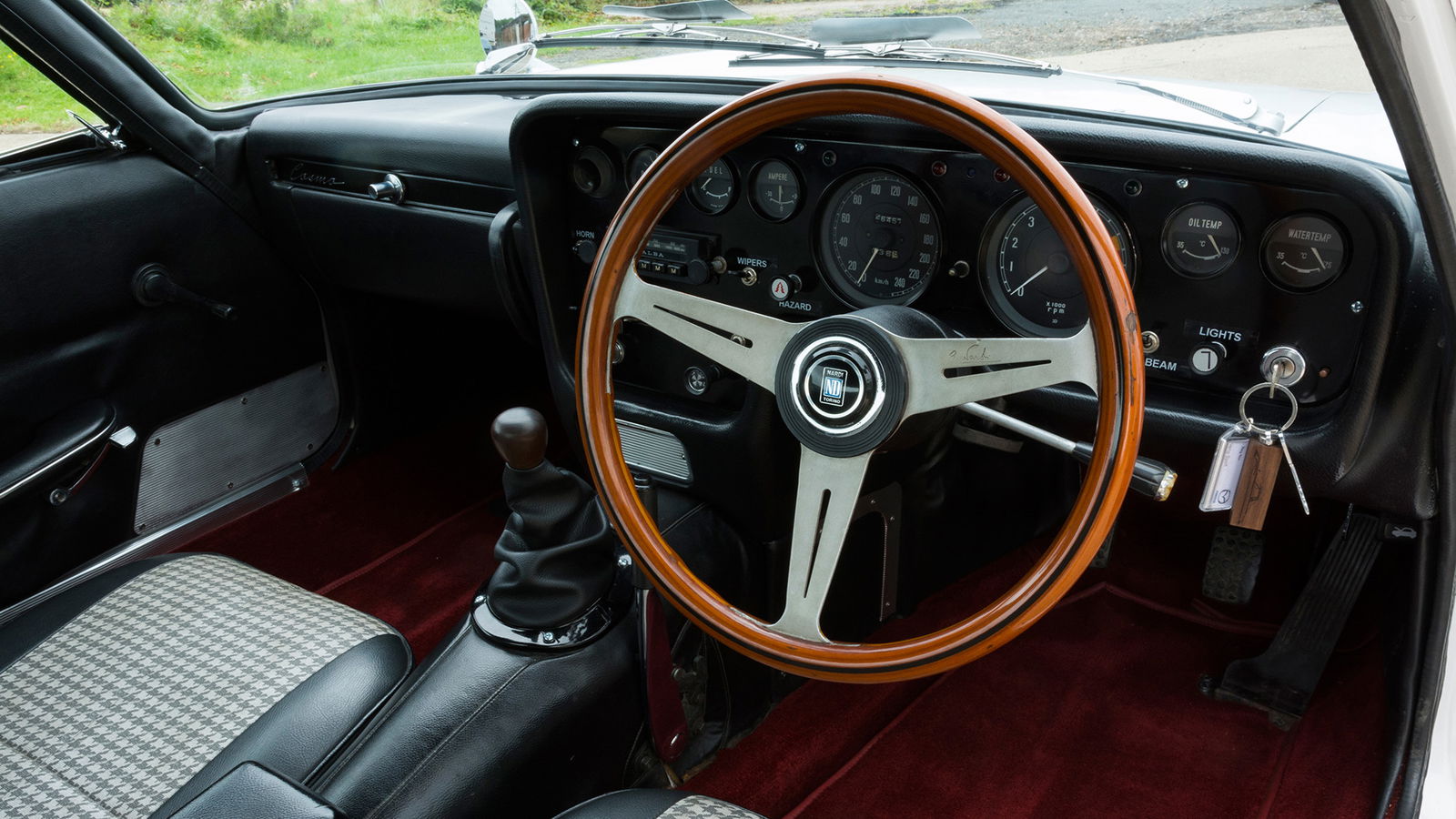
Deep red carpets and houndstooth seats feel so ‘60s that I reckon I should’ve really been wearing flared jeans for the bit, and although in an era where Japanese car build quality wasn’t exactly up to scratch, the pieces of trim still screwed in place look and feel great. If you ignore the protruding bits of chrome plastic dotted around.
Then you start the car up. The twin-rotor coughs into life with its signature idle brap, with a flurry of exhaust fumes following. It may be small, but the carburetted unit sounds raw. And then you stall it. Three times. User error there, but at least it means I get to enjoy it firing into life a few more times.
Finally figuring out how much throttle I need to keep it going, the immediate smoothness of the unit catches me off guard. As you buzz up towards its 7000rpm redline (albeit never quite hitting it, partly out of mechanical sympathy for a car older than your parents and partly the rev counter not really working), you begin to trace the lineage of Mazda’s rotary sports car right back to this.

Yes, it’s naturally less refined than cars that would later follow and requires a lot more work, but that inherent fizziness, the raspiness of that little Dorito spinning away, is right in line with that signature feel.
While the Cosmo’s biggest draw is its engine, a slick-feeling gearbox proves an unexpected delight. As too is its nimble and well-communicated steering once you get up to speed, less so its ageing brakes, but that’s forgivable in the context.
I’d love to sit here and reel off all the comparisons against its contemporary rivals, but my only previous experience comes back to a brief go in a Datsun 240Z very early in my motoring journalism career. From what I can remember, the Mazda’s daintiness felt quite at odds with the more GT feel of the 240Z, more charming, if perhaps less usable.
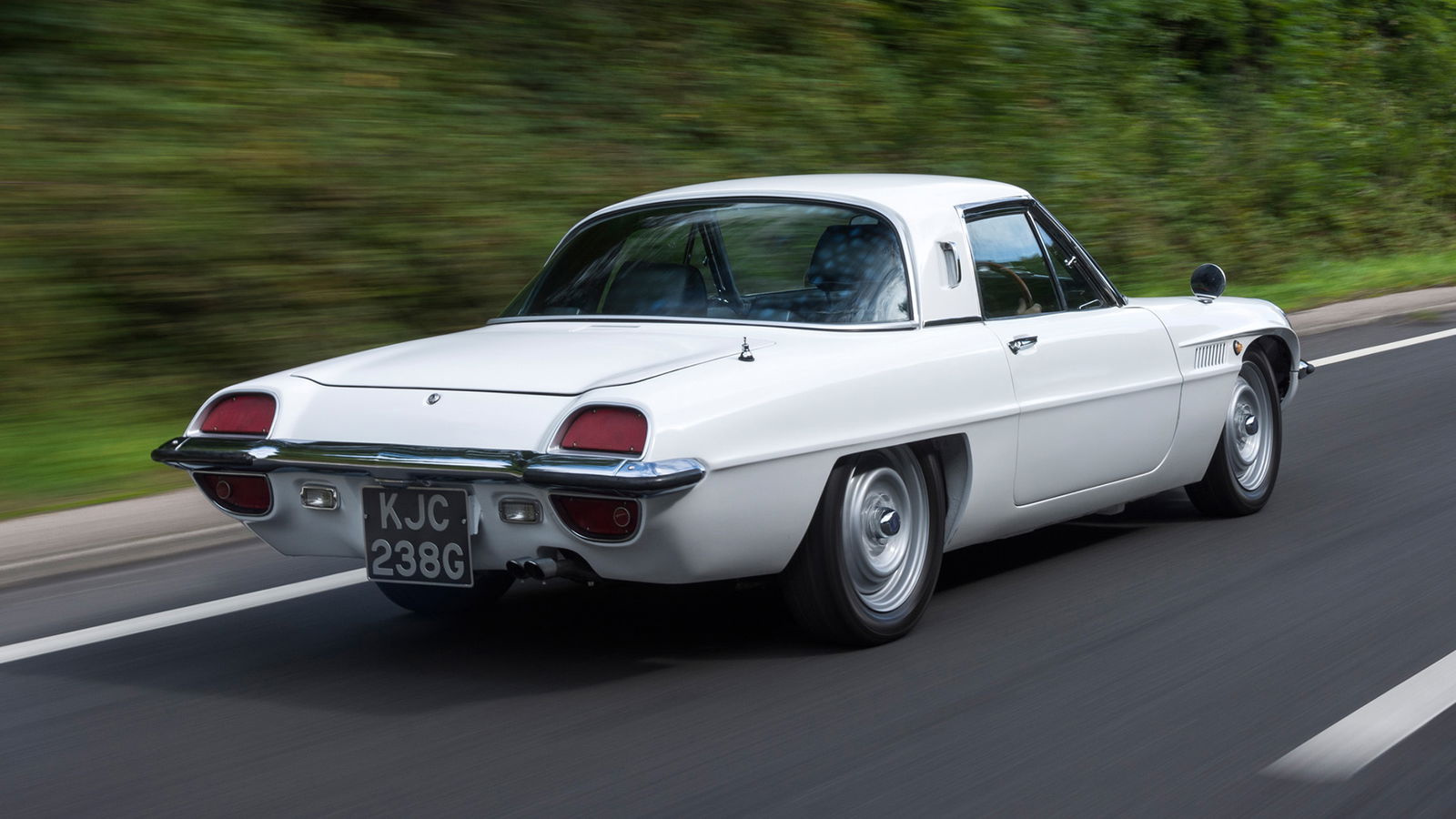
Given how key the Cosmo is to the history of Mazda, the rotary engine and sports cars as a format, it’s a bit of a wonder why they’re still something of a niche taste. Perhaps it's the obscurity, and that, barring a handful, almost all were only sold in Japan. Maybe it’s the 2000GT’s legacy that keeps it from being considered among the very best from the country in that era, or the Jaguar E-Type as the definitive sports car of its time.
What the Mazda Cosmo is, though, is a real treat. An awesome, if small chapter in the history of the combustion-engined car, and one I’d implore you to try given the opportunity.
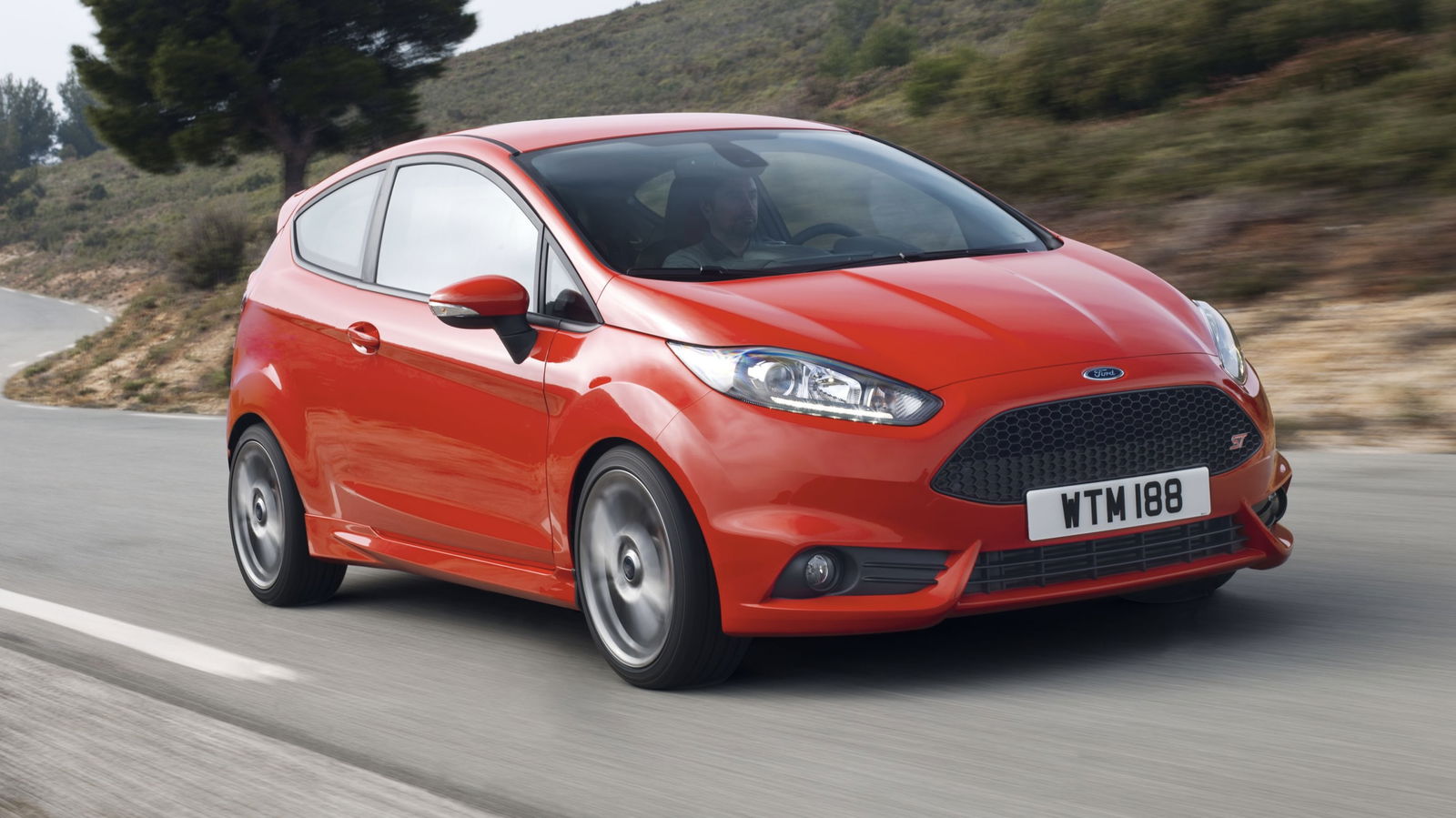
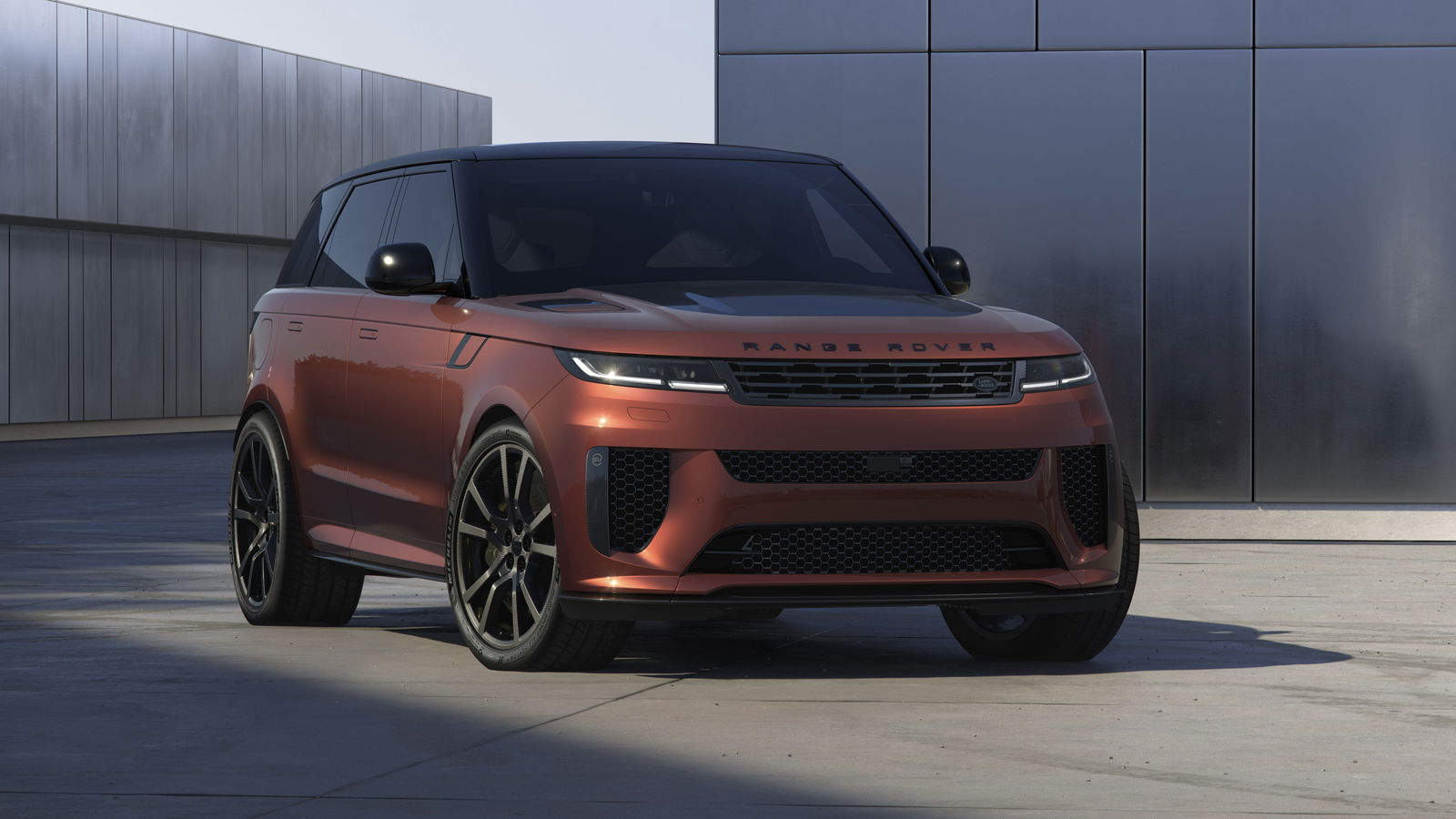









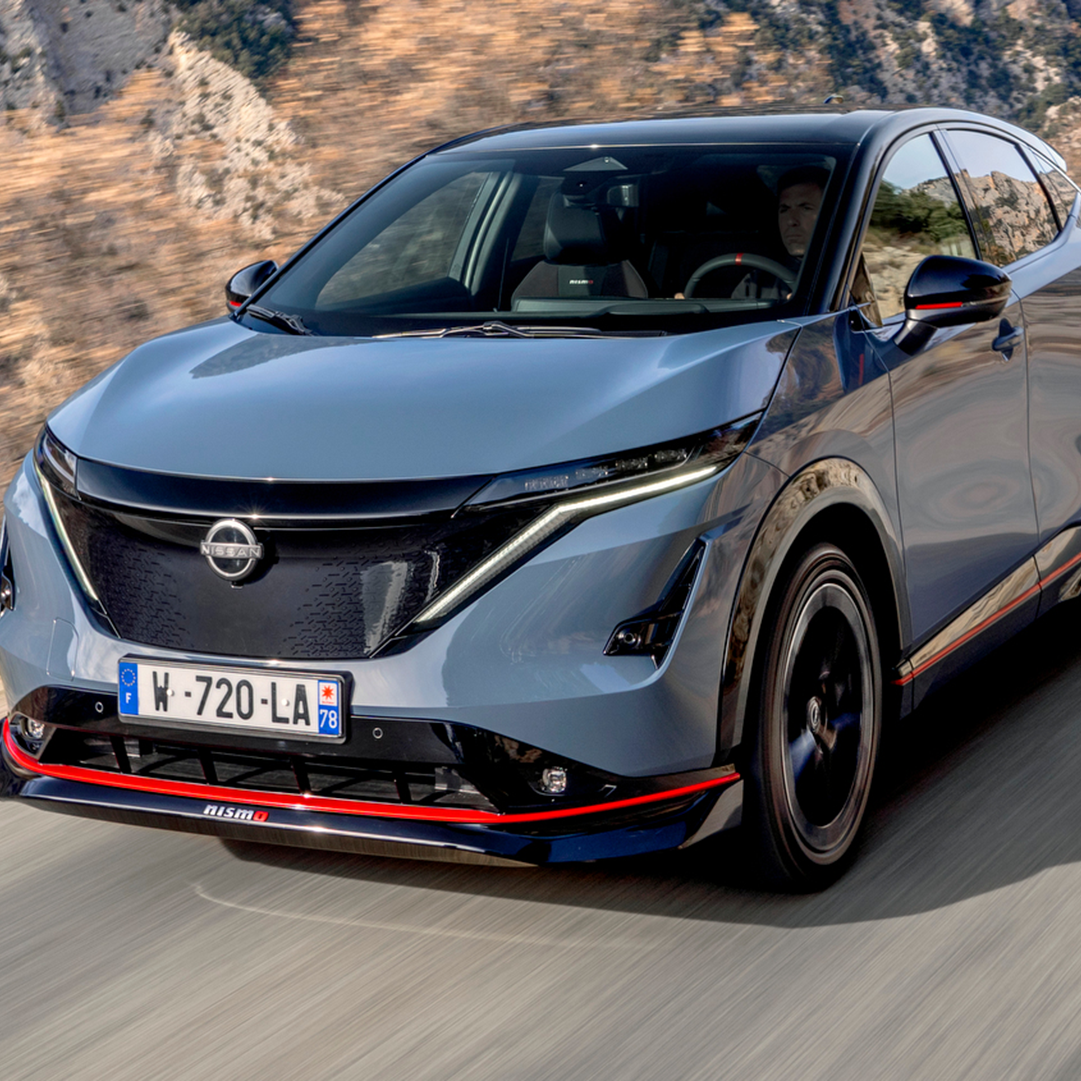
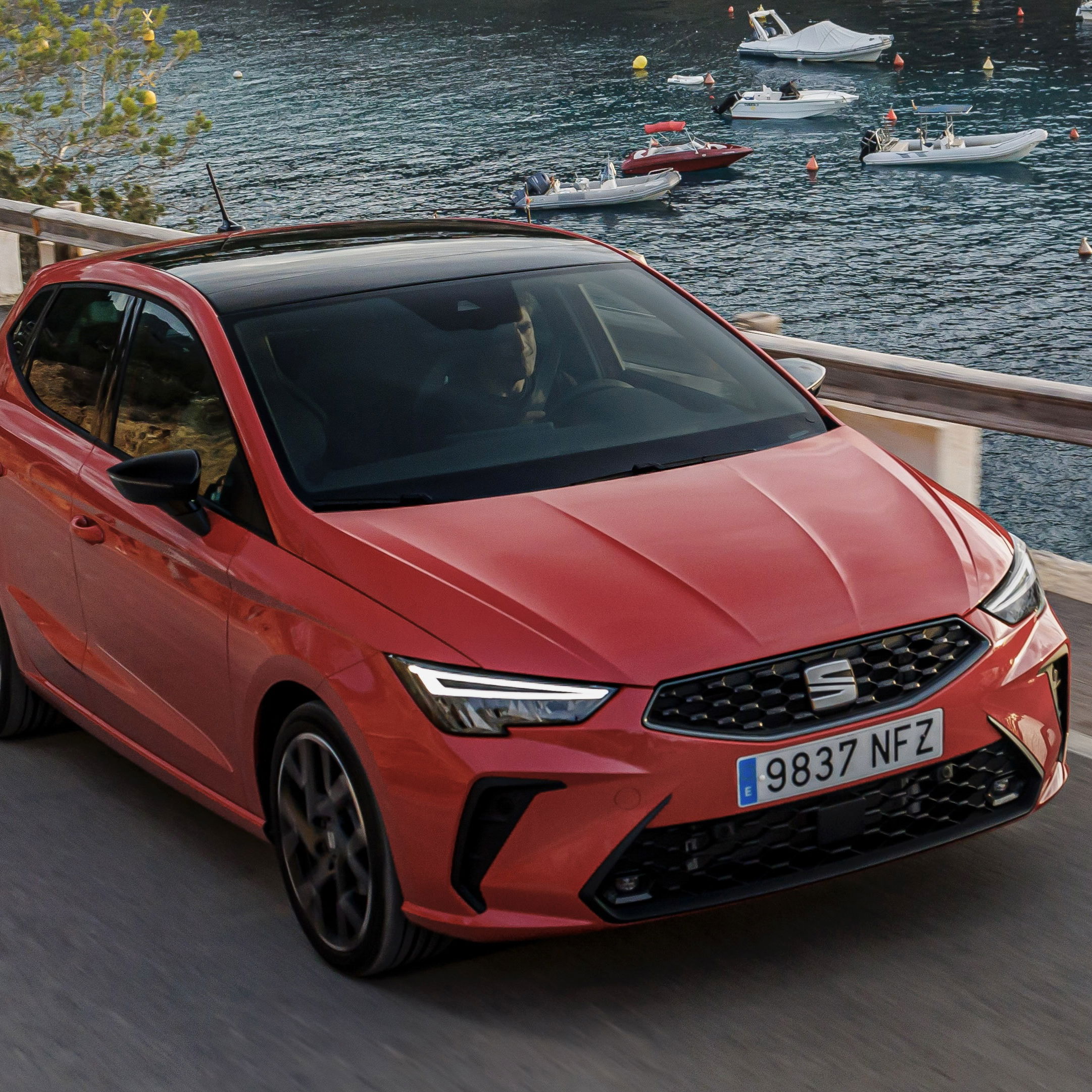

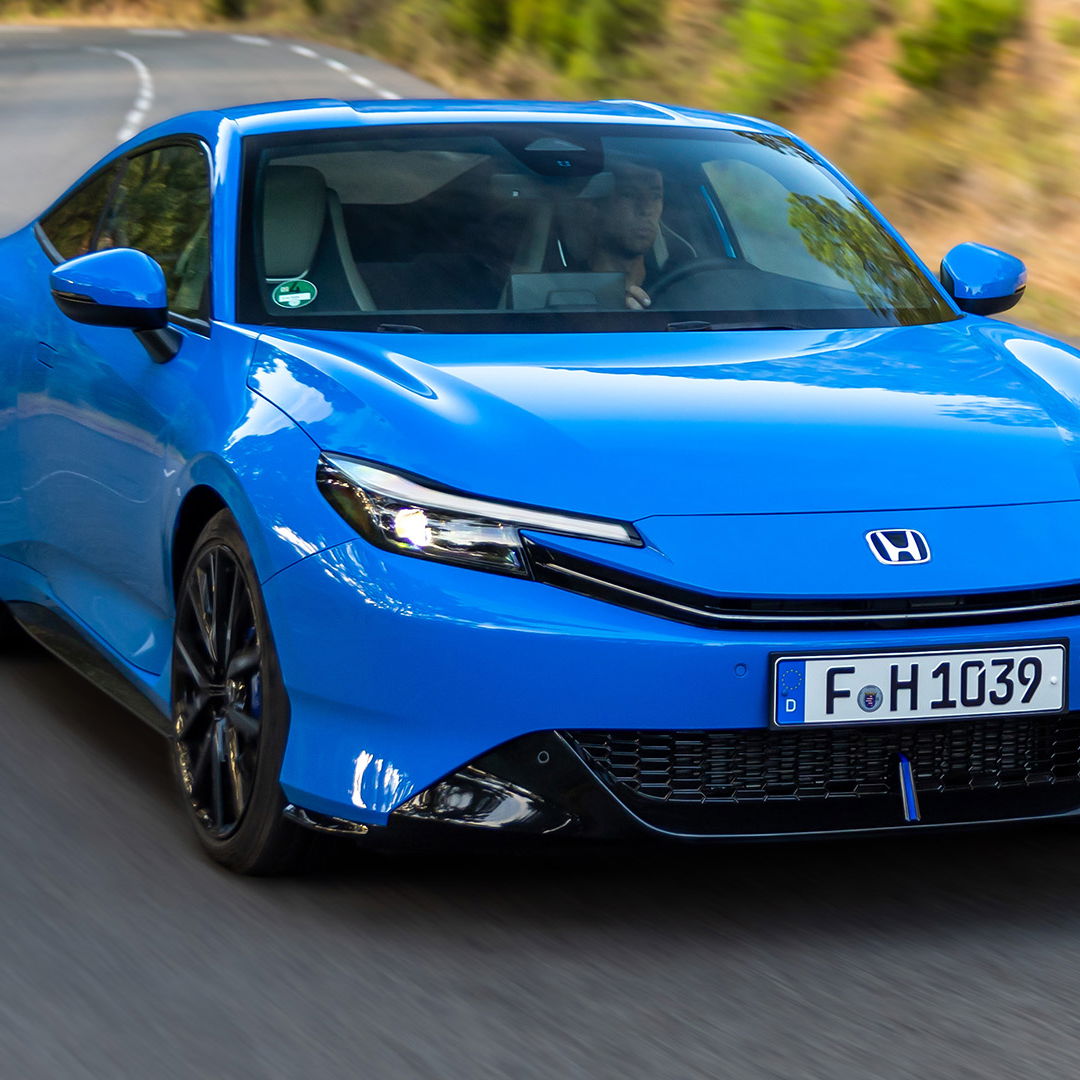
Comments